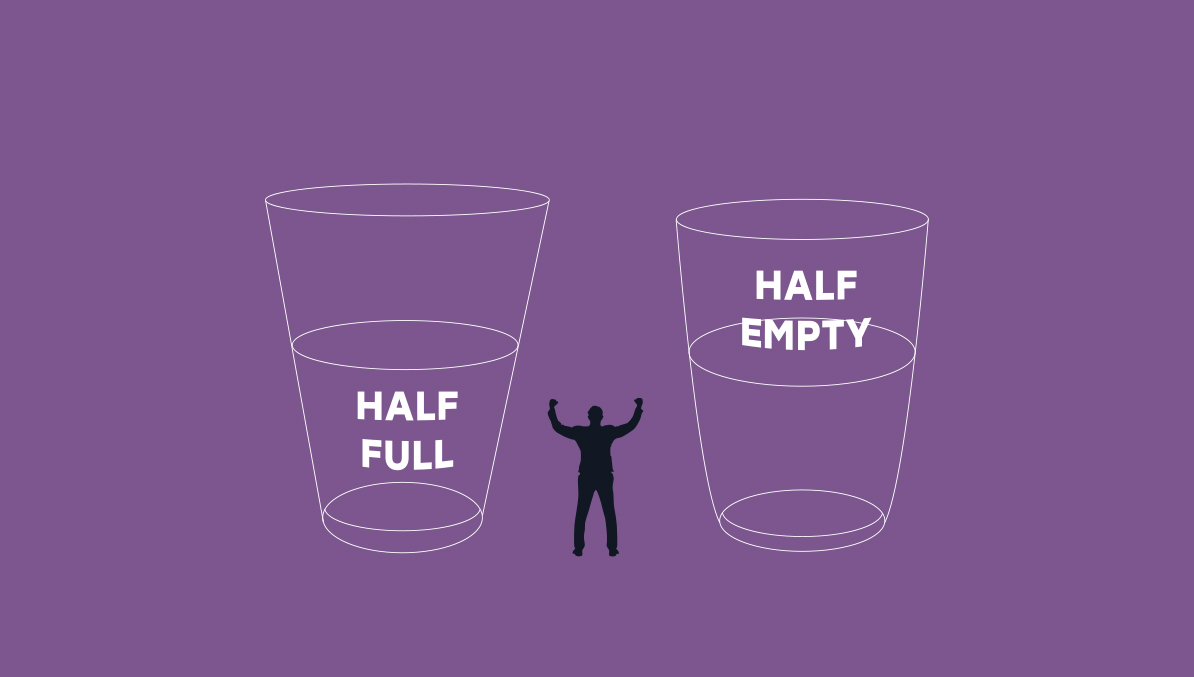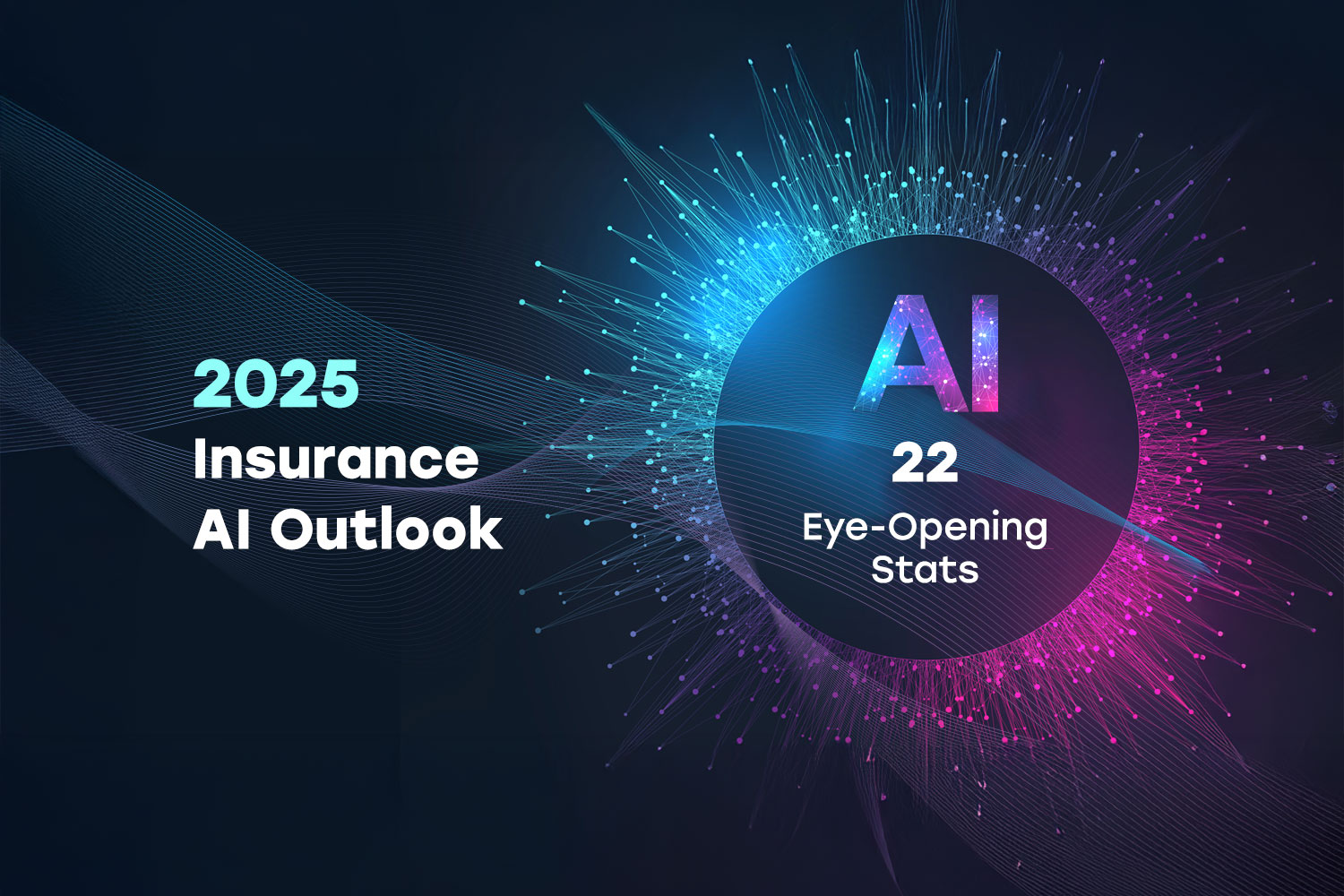Insights

How Can Auto Insurers Secure Better Reinsurance Rates and Terms?
Reinsurance helps auto insurers safeguard their bottom lines, but reinsurers have their own profits to think about, and right now, they are cautious. To stand

When Auto Insurance Rates Fall, How Will You Maintain Rate Adequacy?
Auto insurance rates have been going up for a while, but rising rates can’t last forever. When competitors lower their rates, you will feel pressure

How Consumer Perception of AI Has Evolved
ChatGPT has changed everything. Although it’s not the only AI tool, it did kick off a generative AI explosion as various companies raced to leverage

2025 Insurance AI Outlook – 22 Eye-Opening Stats
Recent years have seen rapid development in insurance AI. What will 2025 bring? Below we’ve gathered some eye-opening statistics about AI adoption in insurance and

Auto Insurance Growth Opportunity #5: Accept Business from All Distribution Channels
Insurance carriers depend on agencies and distribution partners for new business, but if an agency is associated with a high loss ratio, the relationship may

Auto Insurance Growth Opportunity #4: Turn On All Driver Classifications
Many insurers turn off certain driver class segments. While this practice was effective in the past, it may limit future growth. With machine learning, the

Auto Insurance Growth Opportunity #3: Write All Makes and Models
Some insurers think of red sports cars as claims waiting to happen. In some cases they turn off red sports car segments, as well as

Auto Insurance Growth Opportunity #2: Write All Locations
Many insurers turn off certain ZIP codes or geographical territories. While this practice was effective in the past, it may limit future growth. With machine
Are Auto Insurance Rate Adjustments Driving Away Your Best Customers?
Policyholders are being squeezed from all sides by personal insurance price increases. According to S&P Global, average U.S. private auto insurance rates increased by 20.6% between



